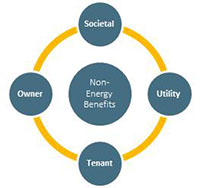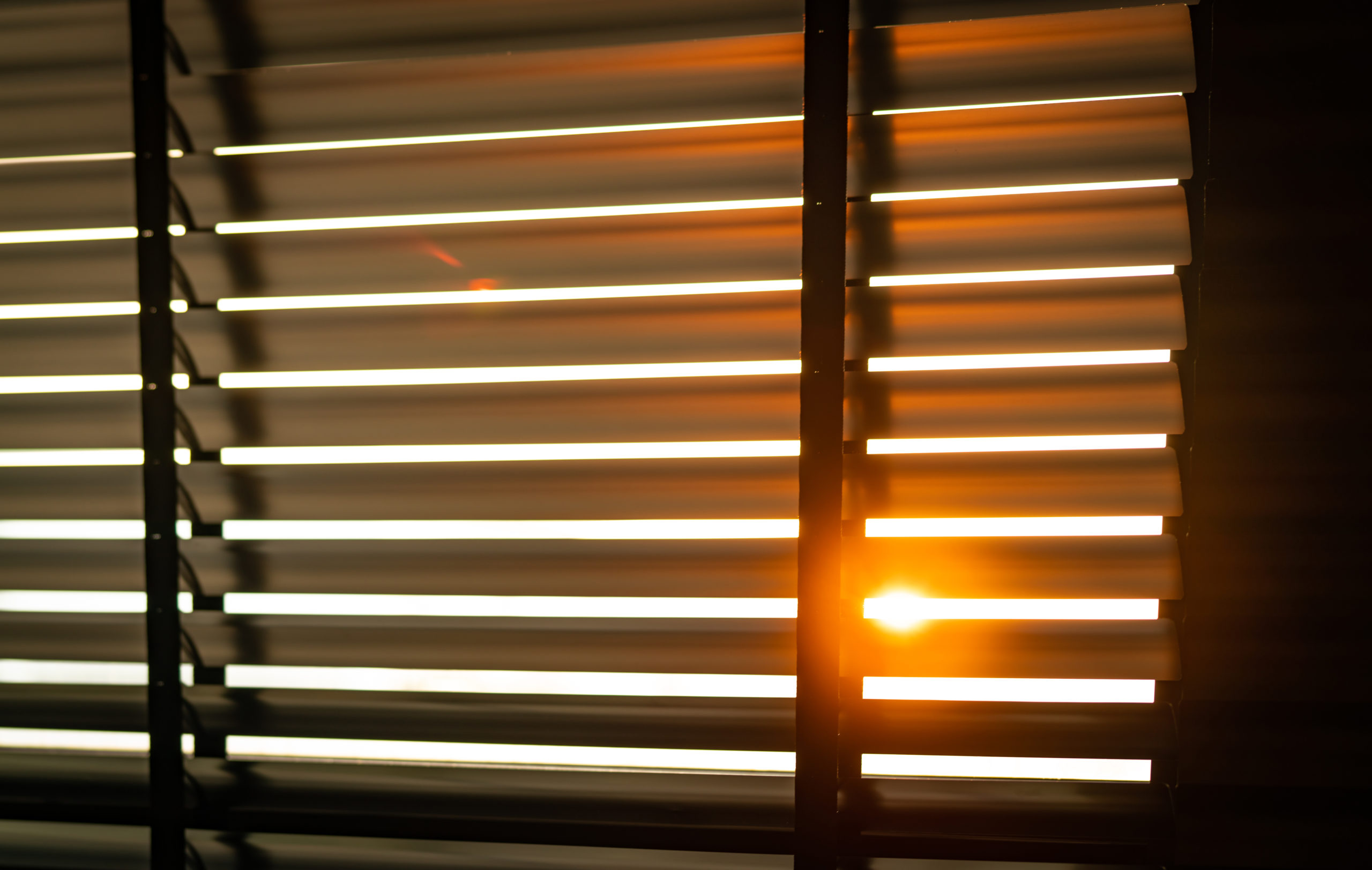The Non-Energy Benefits of Multifamily Energy Efficiency Improvements
As building owners and renters navigate the wake of the economic downturn, preserving affordable housing remains a very important topic. In the Chicago region and beyond, there is an intense need for truly affordable rental housing.
One way to help preserve the affordable housing stock is to improve the energy efficiency of existing multifamily apartment buildings. Reports estimate an untapped $16 billion energy cost savings in multifamily housing retrofits nationwide. But, there are additional positive consequences of energy efficiency improvements outside of saving energy. These gains are called non-energy benefits, or NEBs.
A new report and case study from Elevate Energy, Preserving Affordable Multifamily Housing through Energy Efficiency, explores the non-energy benefits of energy efficiency in affordable housing and demonstrates practical metrics that others can use to track the NEBs of retrofits.
In addition, a related case study helps put concepts in context, by evaluating the non-energy benefits of the Boulevard Apartments, three affordable multifamily buildings in Chicago totaling 70 housing units. The buildings are owned by Bickerdike Redevelopment Corporation, a member-based, nonprofit community development corporation working for the redevelopment of communities on the northwest side of Chicago by and for low and moderate-income residents.
Highlights from the Boulevard Apartments case study include the following:
- The buildings saw a 17 percent reduction in maintenance costs one year post-retrofit.
- Two-thirds of tenants felt that their unit stayed cooler in the summer and warmer in the winter.
- The buildings saw a 19 percent reduction in gas usage post-retrofit, which is the equivalent of $12,624 in savings, a 27 percent decrease in rental vacancy loss as a percent of potential receipts.
 Measuring the non-energy benefits of energy efficiency improvements helps us all. Building owners, energy efficiency program providers, and utilities will better understand the different categories of multifamily non-energy benefits, including societal, utility, tenant, and owner benefits. By incorporating the metrics discussed in the report – such as operations and maintenance savings, decrease in rental vacancy loss as a percentage of potential receipts, likelihood to renew lease, and confidence in the ability to pay bills – we help strengthen the case for energy efficiency in affordable housing for building owners, program providers, utilities, and tenants.
Measuring the non-energy benefits of energy efficiency improvements helps us all. Building owners, energy efficiency program providers, and utilities will better understand the different categories of multifamily non-energy benefits, including societal, utility, tenant, and owner benefits. By incorporating the metrics discussed in the report – such as operations and maintenance savings, decrease in rental vacancy loss as a percentage of potential receipts, likelihood to renew lease, and confidence in the ability to pay bills – we help strengthen the case for energy efficiency in affordable housing for building owners, program providers, utilities, and tenants.
The full report is available for download at https://www.elevatenp.org/wp-content/uploads/Preserving_Affordable_Multifamily_Housing_Through_Energy_Efficiency.pdf and the case study is available at https://www.elevatenp.org/wp-content/uploads/2014/01/Non_Energy_Benefits_of_Energy_Efficiency_Case_Study.pdf
Elevate Energy thanks the Preservation Compact and the Community Investment Corporation for their continual partnership. This paper was made possible through generous support of the John D. and Catherine T. MacArthur Foundation and the participation of Bickerdike Redevelopment Corporation.



